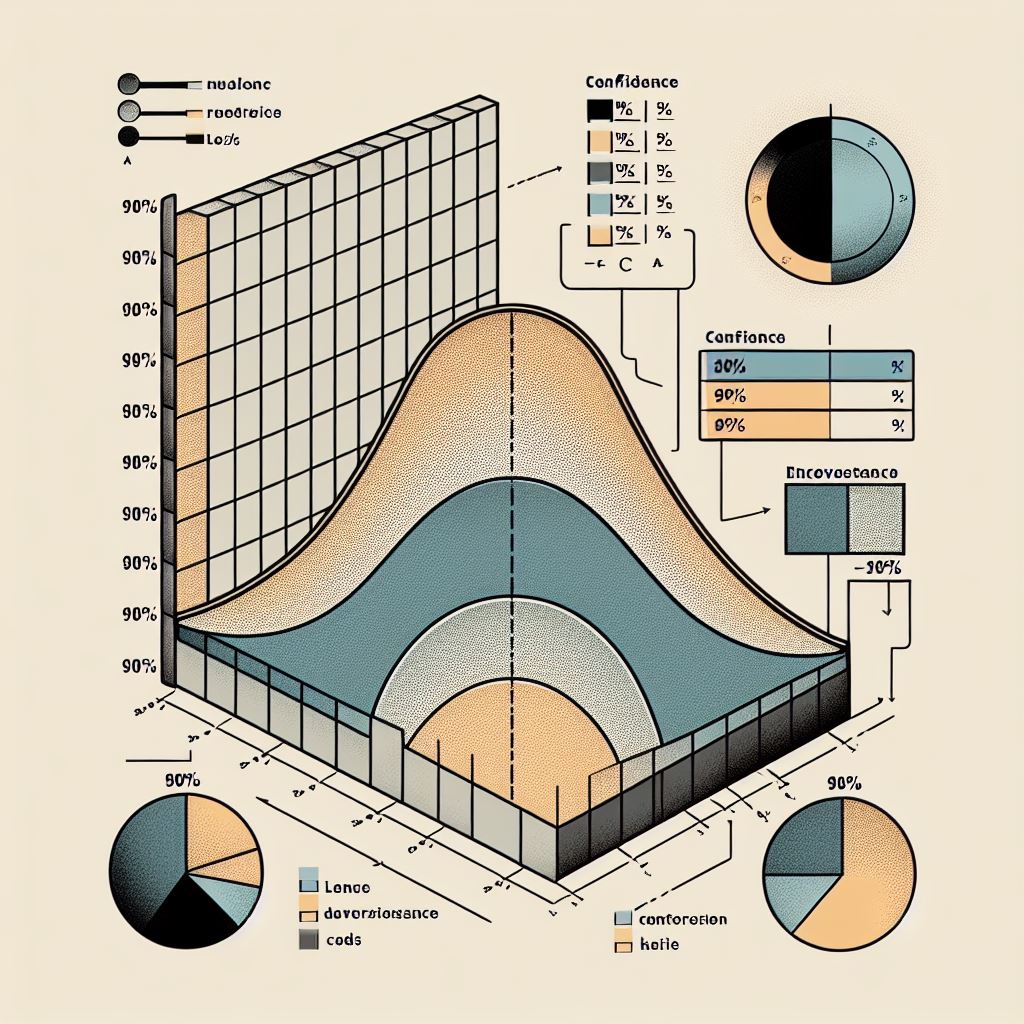Category: Data Science
-
What are Confidence Intervals?
Confidence intervals (CIs) provide a range of values within which the true population parameter is likely to lie with a specified level of confidence. Imagine a dartboard where you’re aiming to hit the bullseye (true population parameter). Throwing a single dart (point estimate) might land somewhere on the board, but it doesn’t guarantee hitting the…
-
Exploring Latin Hypercube Sampling: A Powerful Tool for Efficient Uncertainty Quantification
In the realm of science and engineering, understanding how uncertainties in various factors can influence a system’s behavior is crucial. This is where Latin Hypercube Sampling (LHS) emerges as a powerful tool for efficiently analyzing the impact of these uncertainties. What is Latin Hypercube Sampling? Latin Hypercube Sampling is a sophisticated probability sampling technique used…
-
Joint Probabilities: A Guide to the General Multiplication Rule
In the world of probability, where chance reigns supreme, understanding how events intertwine holds immense power. The General Multiplication Rule emerges as a pivotal tool, illuminating the probability of two events occurring concurrently, be they independent or intricately connected. This article serves as your comprehensive guide, navigating the intricacies of this rule with clear explanations,…
-
Testing the Significance in Regression Analysis
In the realm of statistics, regression analysis allows us to explore the relationship between a dependent variable (y) and one or more independent variables (x). One key aspect of this analysis is investigating the significance of the slope coefficient (β₁), which indicates the strength and direction of the linear relationship between x and y. Unveiling…
-
Fisher’s Exact Test: Unveiling the Power of Exact Probabilities
In the realm of statistics, analyzing relationships between categorical variables often requires us to venture beyond the limitations of the chi-square test, especially when dealing with small sample sizes or unequal expected frequencies. This is where Fisher’s exact test emerges as a powerful and exact alternative, offering a robust method for assessing statistical significance in…
-
The Chi-Square Test of Independence: Relationships in Categorical Data
In the realm of statistics, the chi-square test of independence emerges as a powerful tool for investigating relationships between two categorical variables. It allows us to assess whether the occurrence of one category in a variable is independent of the categories in another variable. Navigating the Categorical Landscape Categorical data, unlike numerical data, involves classifying…
-
The Chi-Square Goodness of Fit Test: A Window into Categorical Data
In the realm of statistics, the chi-square goodness of fit test stands as a powerful tool for analyzing categorical data. It allows us to assess whether the observed frequencies (counts or proportions) in a dataset match what we would expect based on a predefined theoretical probability distribution. Stepping into the Categorical World: Beyond Numbers Categorical…
-
The Power of Non-Parametrics: The Wilcoxon Signed-Rank Test
In the realm of statistics, comparing two groups of paired data is a frequent task. While the paired t-test reigns supreme for normally distributed data, what happens when normality is violated? This is where the Wilcoxon signed-rank test, a non-parametric alternative, steps into the spotlight, offering a robust and reliable method for analysing paired data…
-
How to Calculate Confidence Intervals for Correlation Coefficients
In the realm of statistics, we often investigate the relationship between two variables by calculating the correlation coefficient (r). However, directly accessing the entire population to determine the true population correlation (ρ) is often impractical. This is where confidence intervals (CIs) for correlation coefficients come into play, offering a powerful tool for estimating the population…
-
How to Calculate Confidence Intervals for the Median’s Range
In the world of statistics, we often encounter situations where the median, the value that divides a data set in half with an equal number of values on either side, becomes a crucial measure of central tendency. However, directly accessing the entire population to calculate the true population median is often impractical or impossible. This…









